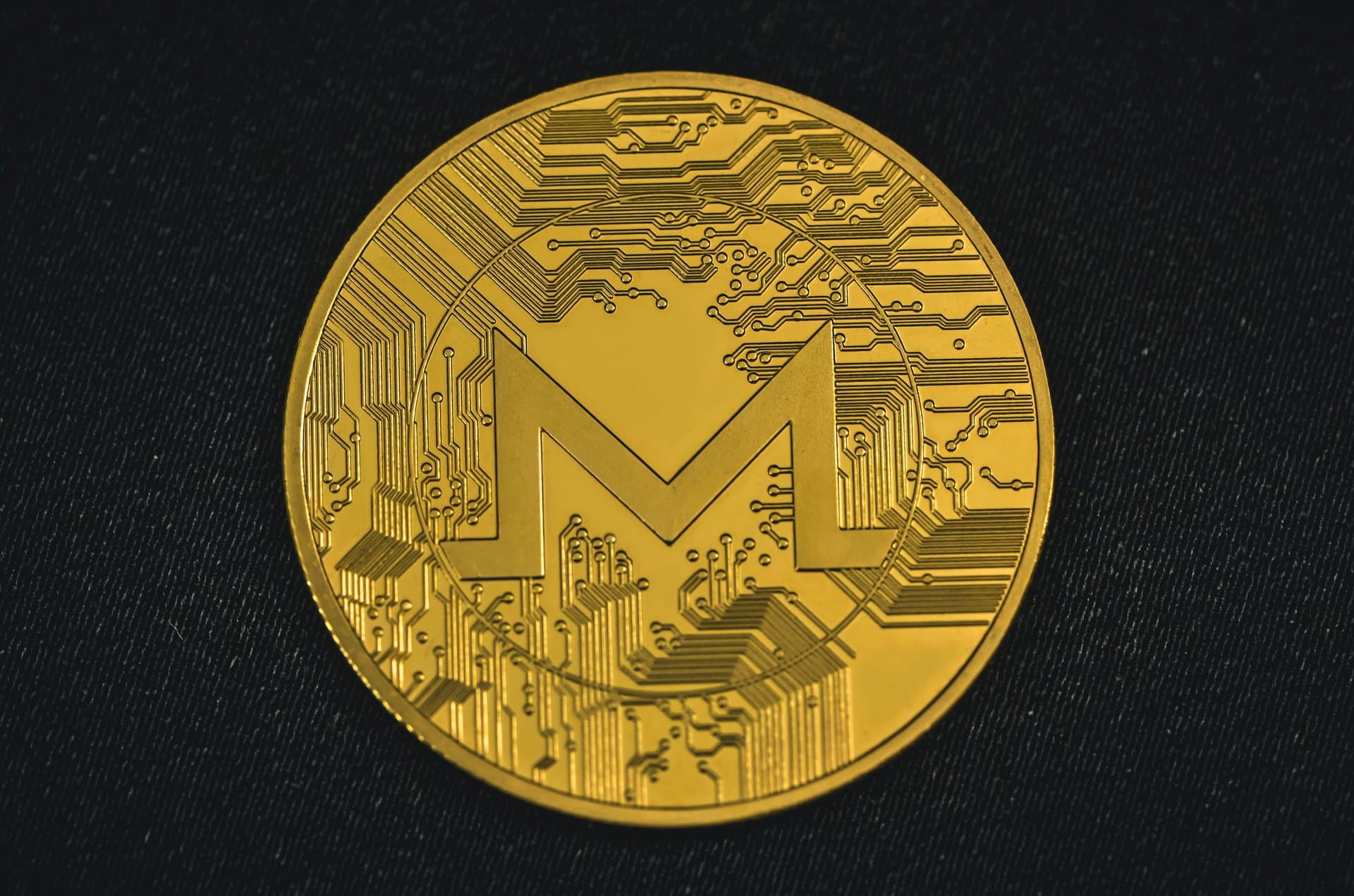Monero Hashrate Tug-of-War Eases as Qubic Loses 51% Control
Explore how Monero’s hashrate battle unfolded in 2025, revealing the delicate balance of blockchain security and economic incentives behind Qubic’s brief 51% dominance and its aftermath.

Key Takeaways
- Qubic briefly controlled 52.72% of Monero’s hashrate in August 2025
- Monero’s network showed resilience as Qubic’s dominance dropped to about 35%
- Economic incentives can temporarily disrupt decentralized networks
- Proof-of-Work remains costly to attack at scale, deterring long-term takeovers
- Community action played a key role in restoring Monero’s decentralization

In August 2025, Monero (XMR), a leading privacy-focused cryptocurrency, faced a dramatic test of its network security. Qubic, a mining pool linked to IOTA co-founder Sergey Ivancheglo, briefly seized control of over 51% of Monero’s global hashrate, sparking alarms about potential blockchain manipulation. This episode, marked by a blockchain reorganization and community pushback, exposed the vulnerabilities and strengths of proof-of-work privacy coins. Here’s how Qubic’s strategic move unfolded, the network’s response, and what it means for the future of decentralized security.
Unpacking Monero’s Hashrate Battle
Monero’s network relies on Proof-of-Work (PoW), primarily using CPUs and less-efficient GPUs to keep mining accessible and decentralized. This design choice, while promoting inclusivity, results in a relatively low hashrate compared to giants like Bitcoin. Think of it as a cozy neighborhood watch rather than a city-wide police force. This smaller scale makes Monero more vulnerable to coordinated mining efforts by well-resourced groups. Enter Qubic, a mining pool led by Sergey Ivancheglo, which saw an opportunity to test the network’s limits.
Starting from a modest 2% share in May 2025, Qubic ramped up its mining power aggressively, reaching a staggering 52.72% in August. This wasn’t a random power grab but a calculated experiment to showcase their Useful Proof of Work (UPoW) model, which rewards miners with QUBIC tokens. By briefly controlling the majority of Monero’s hashrate, Qubic demonstrated how economic incentives can temporarily override organic decentralization, shaking the foundations of what many assumed was a secure privacy blockchain.
Qubic’s 51% Takeover Explained
When Qubic crossed the 51% threshold, it gained the technical ability to reorganize the blockchain, rewriting transaction history and enabling double-spending. Imagine having the power to erase and rewrite parts of a public ledger—this is the nightmare scenario for any blockchain. Qubic reorganized six blocks, a move that sent ripples through the crypto community and raised urgent security concerns.
However, this takeover was not a stealthy hack but a deliberate demonstration. Qubic’s mission was to prove the viability of outsourced computations and economic incentives in mining. By rerouting Monero’s block rewards through its infrastructure, Qubic aimed to secure the protocol long term under its miners’ control. This bold move rewrote the rules of blockchain competition, showing how a smaller protocol could dominate a larger one with the right incentives.
Community’s Resilient Response
Monero’s community didn’t sit idle. Recognizing the threat, miners and developers coordinated a pushback that included distributed denial-of-service (DDoS) attacks targeting Qubic’s pool and media alerts to warn exchanges and users. Crypto exchange Kraken paused XMR deposits as a security precaution, underscoring the seriousness of the situation. This collective defense showcased the power of decentralized governance and community vigilance.
As a result, Qubic’s hashrate dominance dropped from over 51% to just above 35%, stabilizing the network’s control. The hashrate settled around 5.3 GH/s, below the attack peak but above historical averages. This episode proved that while economic incentives can disrupt networks, coordinated community action can restore balance and protect blockchain integrity.
Economic Incentives Driving Disruption
Qubic’s campaign was fueled by economic incentives rather than pure malice. By rewarding miners with QUBIC tokens, the pool attracted significant mining power, illustrating how financial rewards can rapidly shift network security dynamics. This experiment highlighted a critical truth: even well-established proof-of-work blockchains can be temporarily unsettled if the incentives align.
Yet, maintaining a majority share came at a steep price—estimated at $75 million per day. This enormous cost acts as a natural deterrent against sustained attacks, reinforcing the idea that economic feasibility is a key pillar of blockchain security. Qubic’s experiment, while disruptive, was ultimately unsustainable, emphasizing that long-term decentralization depends on balancing incentives with costs.
Lessons for Privacy Coins’ Future
Monero’s hashrate tug-of-war offers a wake-up call for privacy-focused cryptocurrencies relying on proof-of-work. It dispels the myth that CPU-centric, widely distributed blockchains are invulnerable to takeover attempts. Instead, it reveals that economic incentives and technical organization can briefly tip the scales.
The episode underscores the necessity of active community engagement, diversified mining pools, and vigilant governance to maintain network health. It also highlights regulatory risks, as exchanges like Kraken paused deposits amid security concerns. Moving forward, privacy coins must evolve their security budgets and incentive structures to withstand similar challenges. Monero’s resilience in this crisis is a testament to decentralized defense—but the fight to safeguard privacy and trust in blockchain networks is far from over.
Long Story Short
Monero’s 2025 hashrate tug-of-war with Qubic serves as a vivid reminder that even privacy-centric, CPU-friendly blockchains aren’t immune to concentrated mining power. Yet, the swift community response and the high economic cost of maintaining dominance underscore the resilience built into decentralized systems. For users and developers alike, this episode highlights the importance of vigilance, diversified mining, and evolving incentive models to safeguard network integrity. As Monero steadies itself, the broader crypto world gains a valuable case study in balancing innovation with security. The fight to protect privacy and decentralization continues, fueled by lessons learned and the relentless spirit of its community.